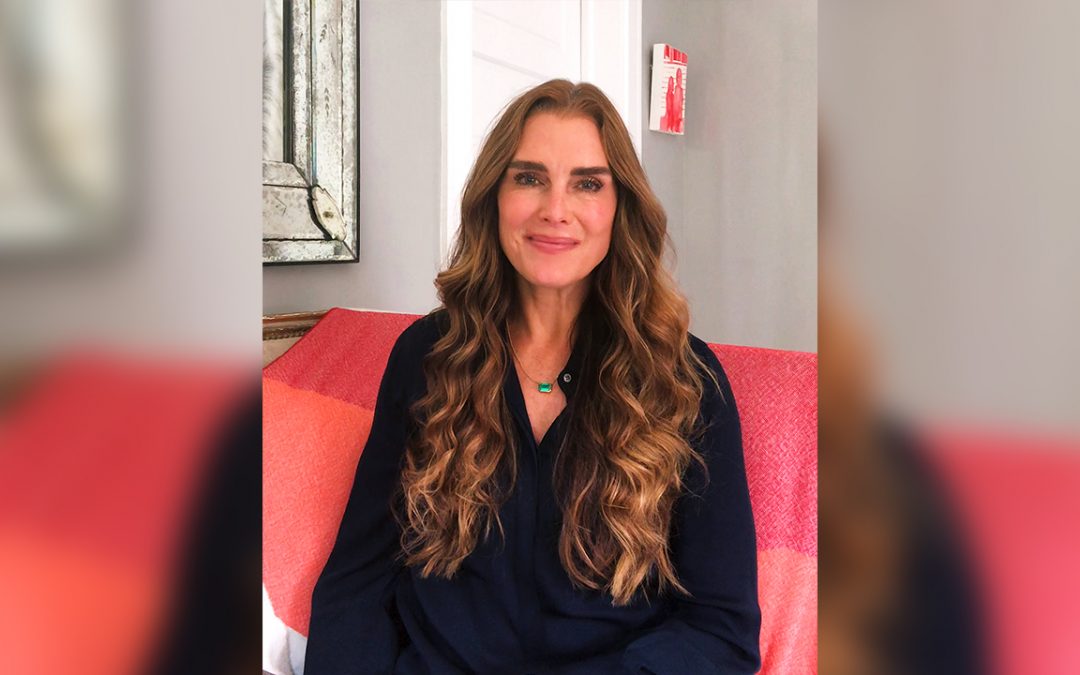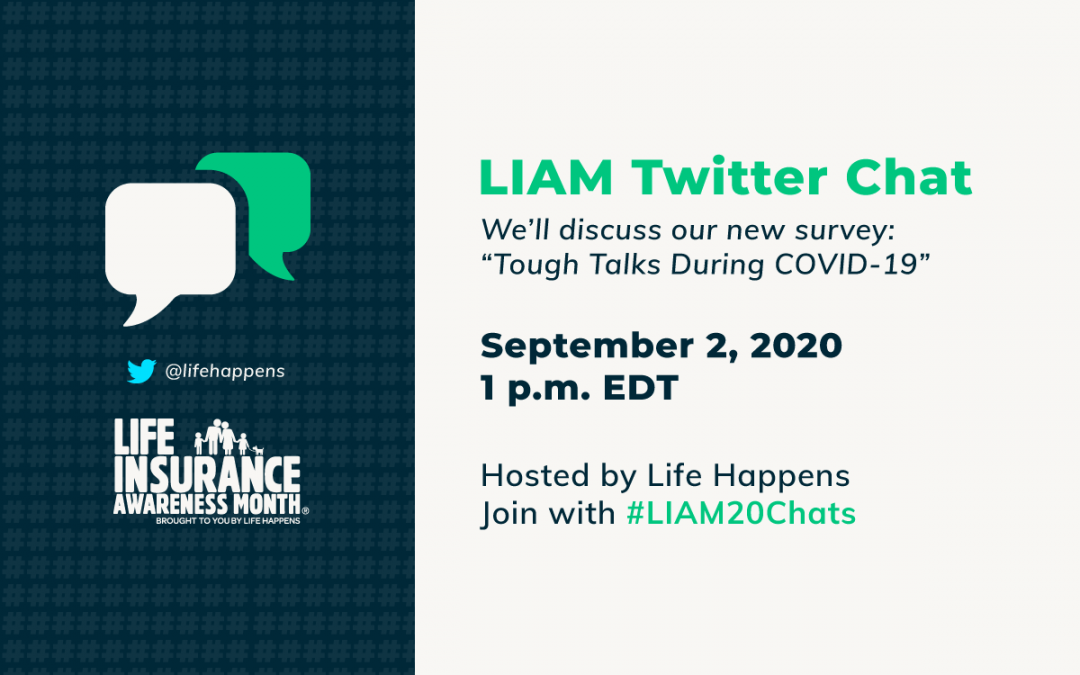
10 Ways to Make Affordable Life Insurance a Reality
Many people are looking to trim expenses during these uncertain times. Perhaps life insurance is one area where you’re looking to economize. If so, the good news is that there are quite a few ways to get affordable life insurance. (Or to save on the coverage you already have.)
Before sharing our best affordable life insurance tips, know that it’s never a good idea to skip buying life insurance altogether. Doing so could put your loved ones in a major bind if you and your earnings were no longer in the picture.
10 Ways to Get More Affordable Life Insurance
- Opt for affordable term life insurance, at least to start. There are two main types of life insurance: term life and permanent life. Both offer a death benefit if you pass away within the coverage period, but permanent life also has a cash-value component. Term life is the more affordable life insurance choice. Term life is a good option for people looking to get the most coverage for the least amount of money. People also choose to get a combination of both to ensure they have a large amount of coverage now (when they have kids or debt) along with lifelong coverage later on.
- Buy coverage when you’re young and healthy. The best affordable life insurance is typically available when you’re young and healthy. By buying early, you may be able to lock in an affordable life insurance rate. Plus, you won’t have to worry about being unable to get coverage if you develop a health condition later on.
- Get quotes from several insurers. Like anything else in life, it pays to shop around when it comes to getting affordable life insurance. An insurance agent or advisor can gather quotes from several insurers. He or she can also help you compare coverage so you get a great policy at a great price.
- Look into group coverage from your employer. Group life insurance through a workplace is often subsidized in part by an employer. What’s more, you can often get a certain level of coverage without taking a medical exam. Definitely check out any employer-sponsored group coverage that’s available to you. Just know that this coverage goes away if your job does, so it helps to also have an individual life insurance policy that you own.
- Ask about premium discounts. Some insurers offer premium discounts at certain coverage levels. So it might actually be cheaper to buy $250,000 of coverage than $200,000 of coverage, for example. Ask your insurance agent or advisor about any premium discounts.
- See if you can save by paying upfront. Some insurers offer a discount if you pay the entire year’s premium in a lump sum (or in less frequent intervals like twice a year). If your insurer offers this discount and you have the money, opt to pay your premium up front instead of paying quarterly or monthly.
- Lock in a renewal guarantee. A renewal guarantee lets you automatically renew your term life policy without the need to undergo a medical exam. You only pay more based on your age, not because of worsening health. This lets you keep your affordable term life insurance even if your health takes a turn for the worse.
- Maintain (or work toward) being in good health. The best affordable life insurance typically goes to people who are in good health. And while there are certainly conditions over which you have no control, there are others that you can control. These include eating right and exercising to maintain a healthy weight, limiting alcohol use, managing stress and not smoking or using drugs. Definitely ask your insurer if you can retake your medical exam if you improve your health — you’ll often benefit from a lower rate for the rest of policy’s term.
- Work with a specialized insurance professional if you have health issues and/or have been denied coverage. As a general rule, it’s best to undergo a medical exam for life insurance if you don’t have any health issues. By demonstrating that you’re in good health, you’ll be able to get the best affordable life insurance available. That said, there are options if you’re in less than stellar health or have been denied life insurance. One is to work with an insurance professional that specializes in higher-risk applicants. Another is to consider “simplified issue” or “guaranteed issue” life insurance, which typically let you skip the traditional medical exam and get life insurance more or less on the spot. Learn more about these options and what to do if you’re denied life insurance.
- Start small and increase coverage over time. When it comes to life insurance, something is always better than nothing. If you can’t afford all the coverage you need right now, start small. For just $13 a month, a healthy 30-year-old can get a $250,000 20-year level term policy. With even this affordable life insurance policy, your loved ones would receive $250,000 if you were to pass away between the ages of 30 and 50. (And they’d receive the full $250,000, since life insurance proceeds almost always pass on tax free.) As you grow your savings and increase your income over time, you can buy more coverage until you’re at the level you want.
The best way to explore all the affordable life insurance options out there is to work with a professional insurance agent or advisor. There’s no time like the present, so find an insurance advisor in your area today using our Agent Locator.



